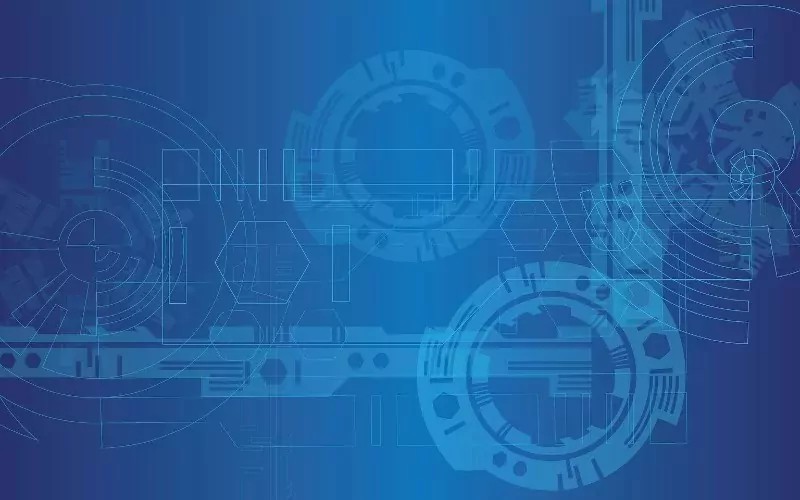In an era dominated by technology, many seek refuge through ‘digital detox’, aiming to disconnect entirely from their devices. Yet, a complete disconnect is often neither feasible nor beneficial, as it disregards the advantages technology provides. Instead, a measured approach of ‘digital declutter’ offers a practical solution to manage digital overload without forfeiting its perks.
The need to streamline our digital lives parallels the experience of decluttering physical spaces. Just as we sift through old belongings, digital decluttering involves assessing apps, subscriptions, and online habits. By keeping only what adds value and eliminating distractions, individuals can embrace technology’s benefits while maintaining control over their digital experience.
Understanding Digital Overload
Digital overload is a modern challenge, where the sheer volume of apps, notifications, and content layers our daily lives with distractions. It is not uncommon to accumulate countless unused or rarely opened applications, filling devices with digital clutter. Such overload can inundate users, leading to inefficiency and stress amidst the constant barrage of digital interactions.
As seen during Mental Health Awareness Week, many advocate for a complete digital detox as a method to combat this challenge. However, it is essential to acknowledge that simply unplugging from the digital world may not be sustainable in a technology-dependent era. The focus should rather shift towards thoughtful moderation of digital use.
The Case for Decluttering Over Detoxing
Anna-Marie Crowhurst’s experiment of living internet-free highlighted some crucial considerations. Living without connectivity was not only inconvenient but also financially taxing and unnecessarily stressful. These insights underline the impracticality of a total digital detox in our interconnected society.
The alternative, digital decluttering, allows individuals to retain essential technological benefits while minimising unnecessary digital noise. By prioritising functional apps and relevant subscriptions, users can streamline their digital interactions, fostering an environment of productive technology use without overwhelming distractions.
Strategies for Effective Digital Decluttering
A starting point for digital decluttering is examining mobile applications critically. Identifying and deleting unused apps can significantly reduce digital burden, mirroring the physical decluttering process of discarding unused items.
Email newsletters often contribute heavily to digital clutter. Subscribing only to those that are truly informative and offer genuine interest is key. Additionally, establishing dedicated time slots for reading and clearing emails can prevent inbox overload.
By adopting organisational techniques such as categorising apps and utilising productivity tools, users can further enhance their digital management. This approach not only reduces clutter but also optimises technology use, promoting a balanced digital lifestyle.
Maintaining Control in a Digital World
While technology inundates our lives, it is crucial to remember that we wield control over our digital surroundings. Curating a balanced digital environment involves regular audits of our technology usage, ensuring alignment with our personal and professional goals.
By engaging in periodic reviews and mindful selection of digital tools, users can adjust their digital interactions to better suit their evolving needs. This conscious approach ensures technology remains a supportive element rather than a dominating force.
Balancing Tech Benefits with Real-World Interactions
Technology offers boundless opportunities for learning, communication, and entertainment, enhancing various aspects of modern life. However, these benefits should not overshadow real-world interactions and experiences, which are equally essential for a fulfilling life.
Establishing boundaries between digital and physical activities helps individuals maintain a healthy balance, encouraging face-to-face interactions and engagement with the tangible world. This equilibrium is essential for well-being and sustaining meaningful relationships.
Incorporating ‘tech-free’ zones or schedules in daily routines can further support this balance, enabling individuals to disengage from screens and engage with the present moment.
Review and Reflection: An Ongoing Process
Digital decluttering is not a one-time task but an ongoing process requiring constant review and reflection. By periodically assessing digital habits and their impact, individuals can ensure their digital usage remains aligned with personal values and goals.
As needs evolve, so should digital practices. This dynamic approach allows for adjustments that reflect current priorities while accommodating new technological advancements. Such adaptability is crucial in maintaining a harmonious digital relationship.
Ultimately, ongoing digital decluttering fosters an adaptive digital presence that harmoniously integrates with everyday life, delivering substantial benefits without overwhelming distractions.
The Power of Choice in the Digital Age
In today’s digital age, individuals hold the power to navigate their technological landscape. Making conscious choices about technology use empowers individuals to harness its benefits while mitigating its potential drawbacks.
By selecting technologies that contribute to personal and professional growth, individuals can construct a digital environment that is both efficient and enriching. This proactive stance ensures technology serves them, not the other way around.
In conclusion, the shift from digital detox to digital declutter empowers individuals to better manage technology’s role in their lives. This approach promotes a harmonious balance, celebrating technology’s benefits without succumbing to its potential burdens. By consciously curating their digital spaces, individuals can enjoy a more streamlined, focused, and ultimately fulfilling digital existence.

